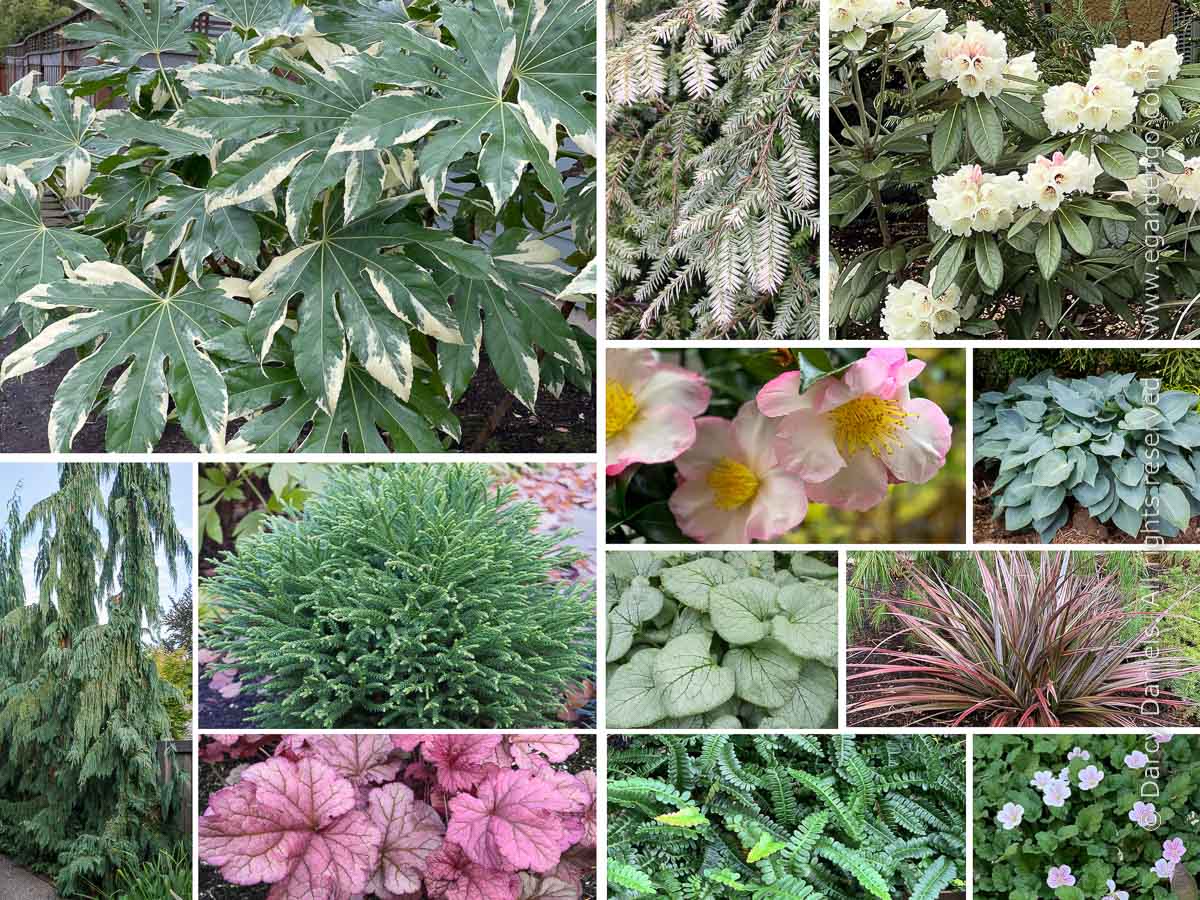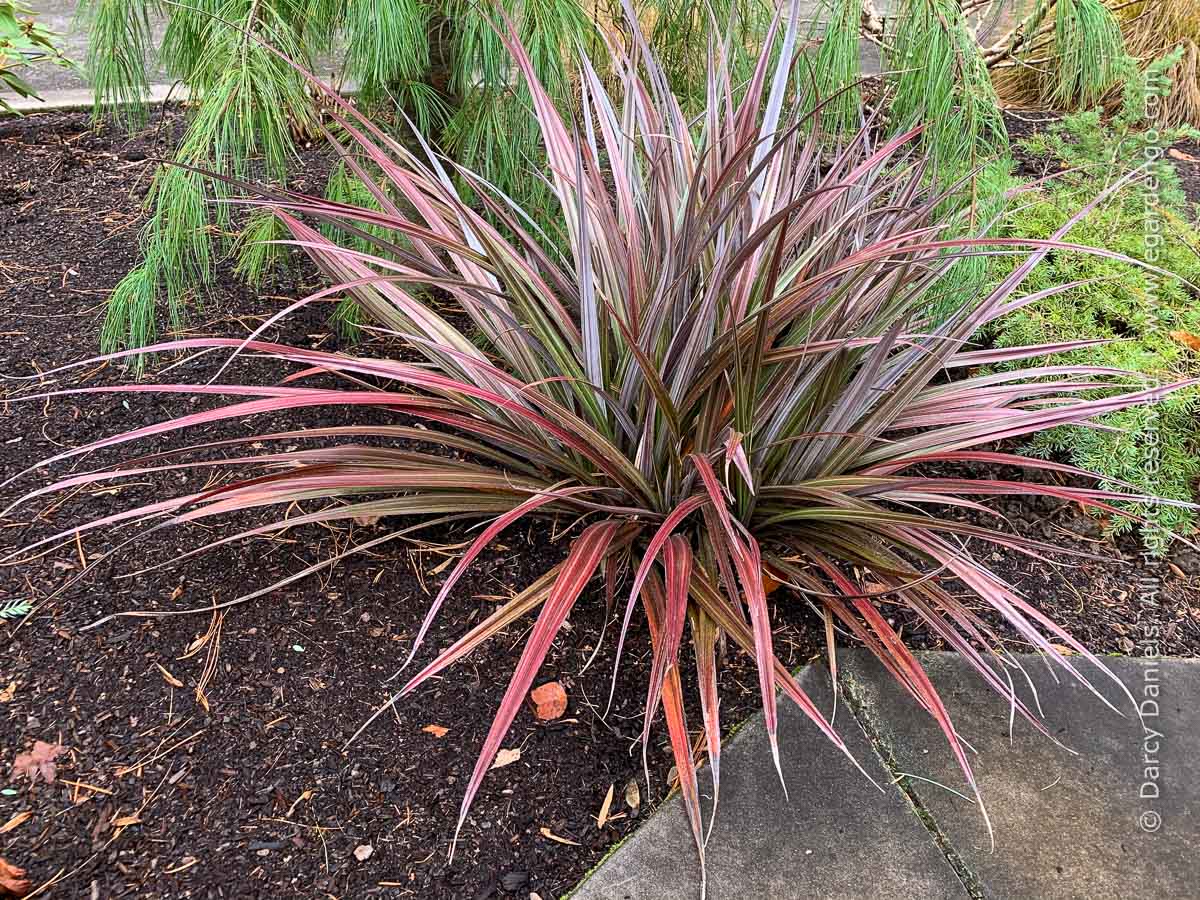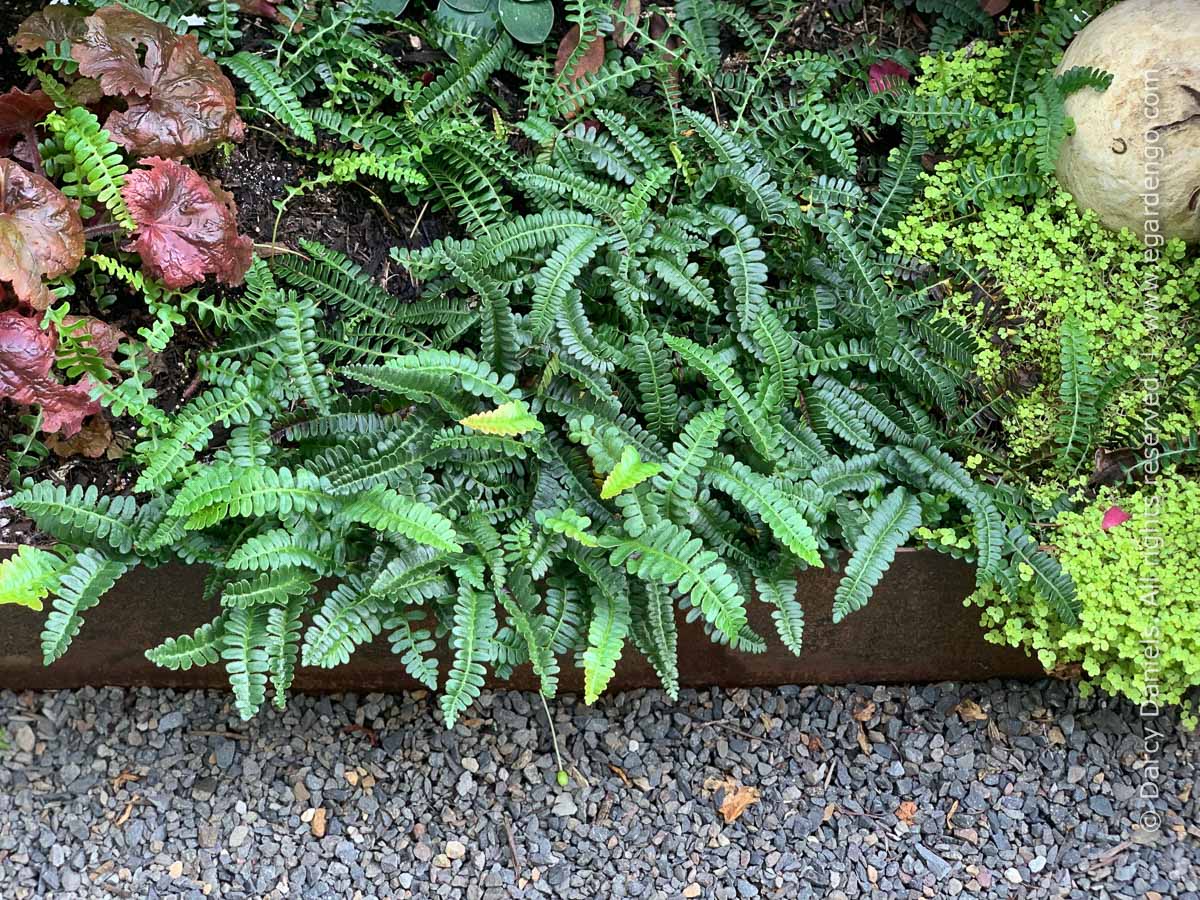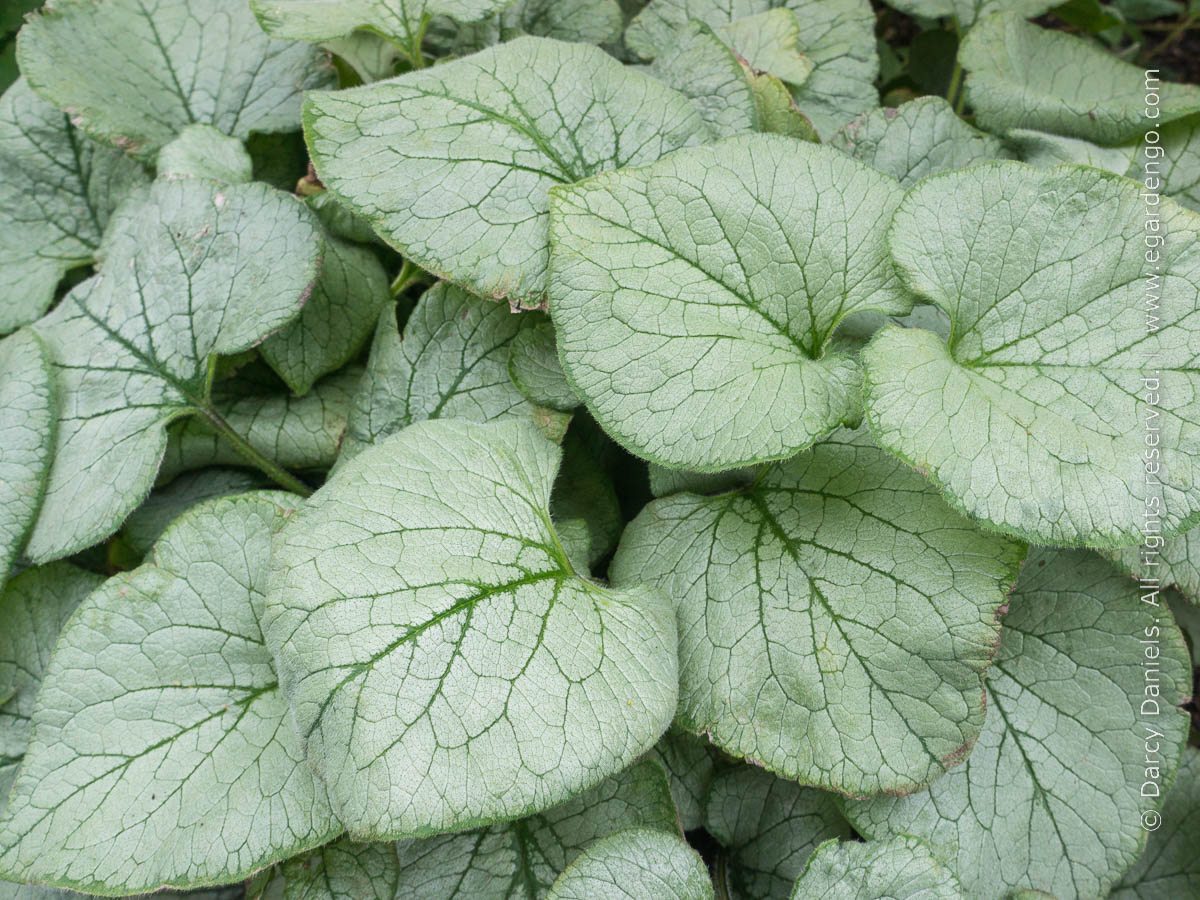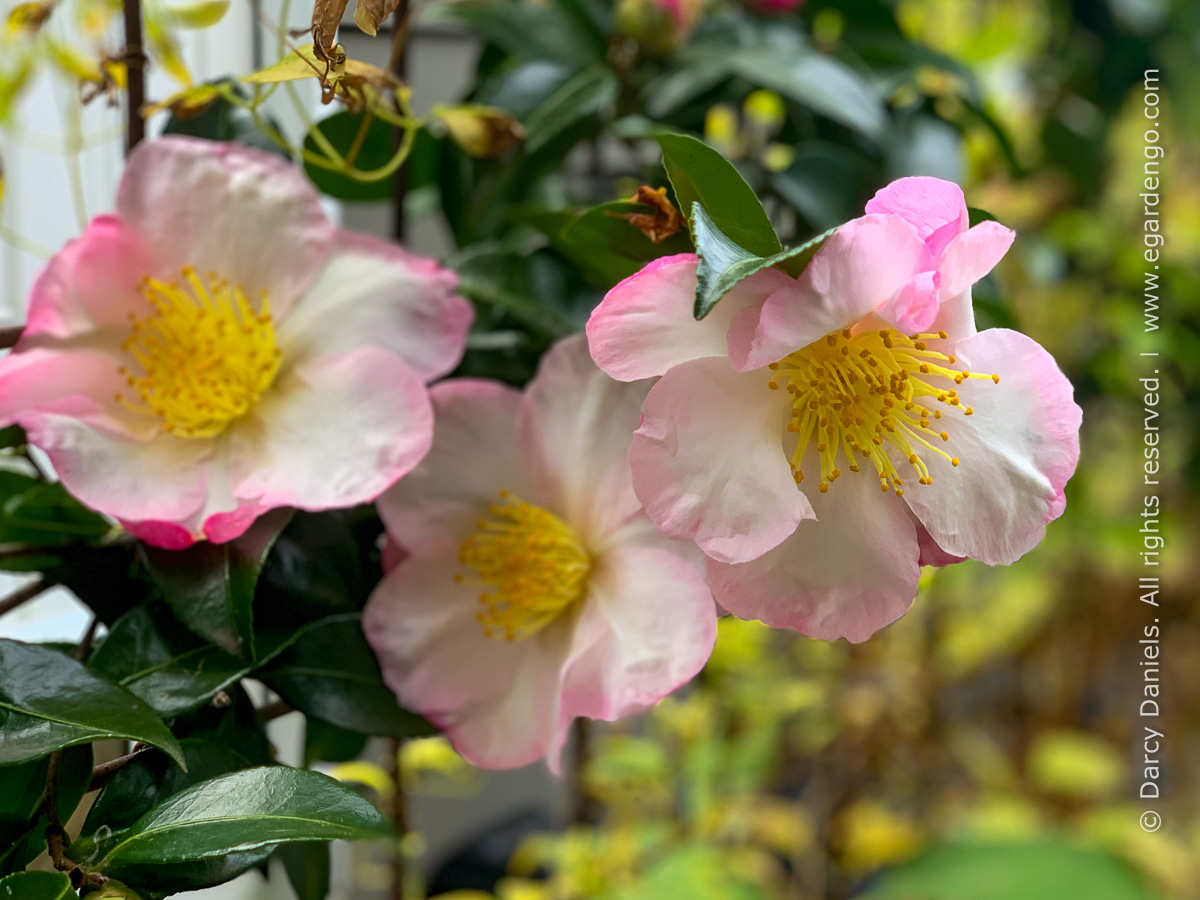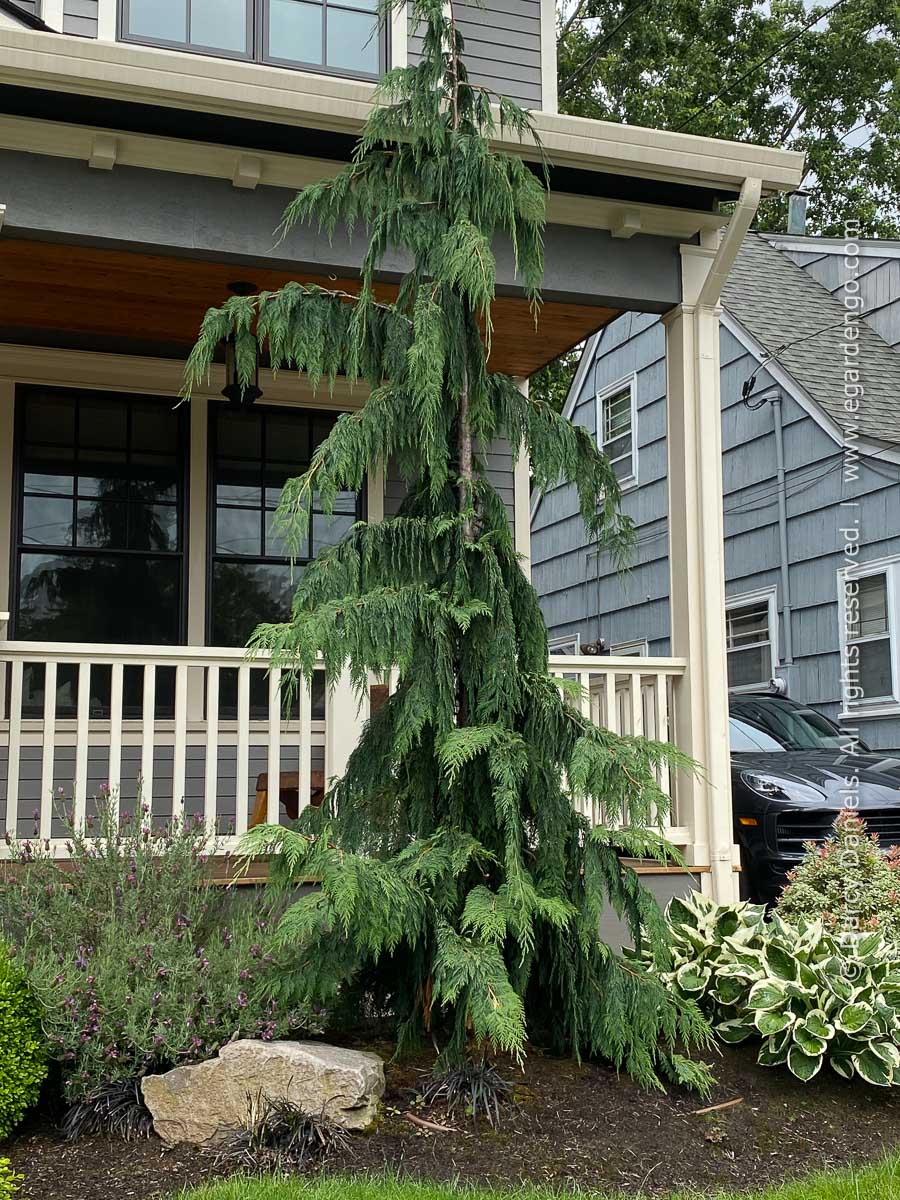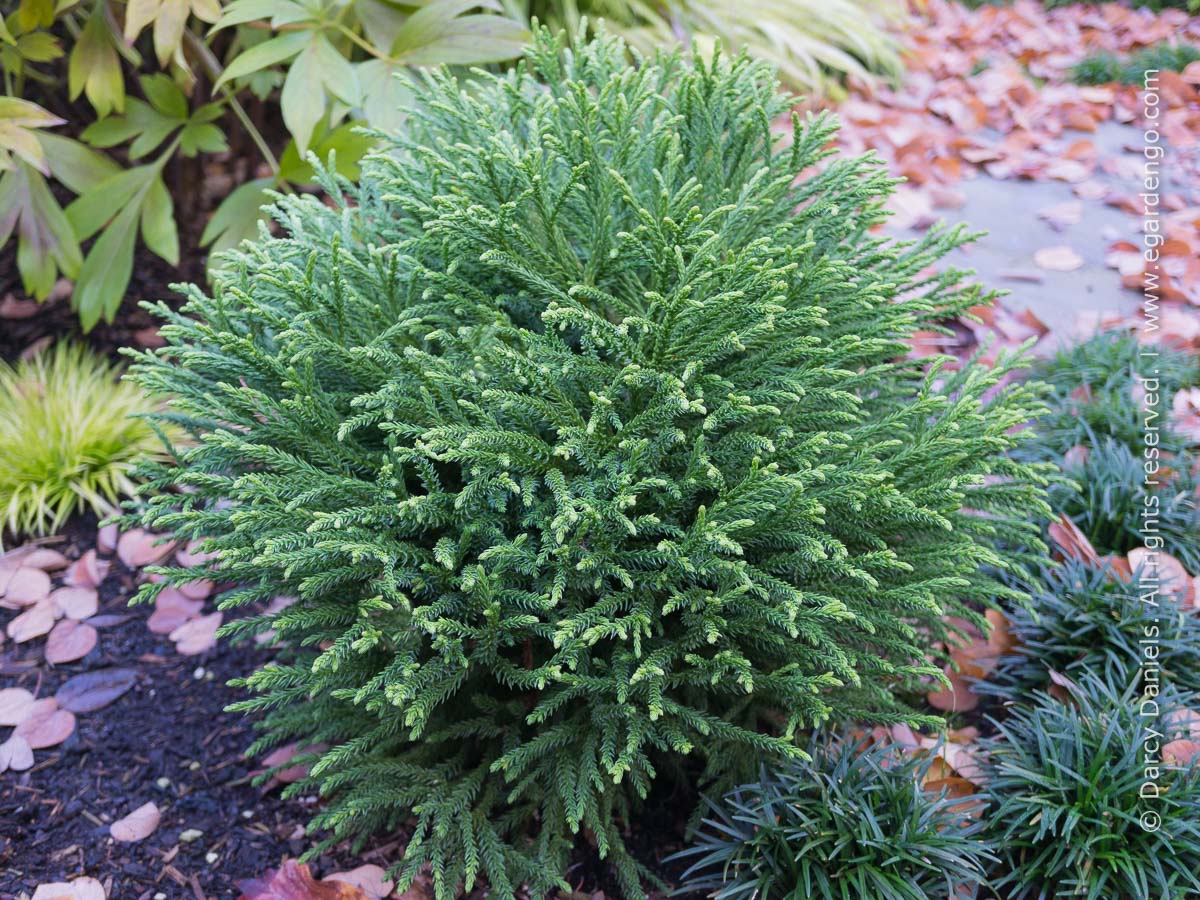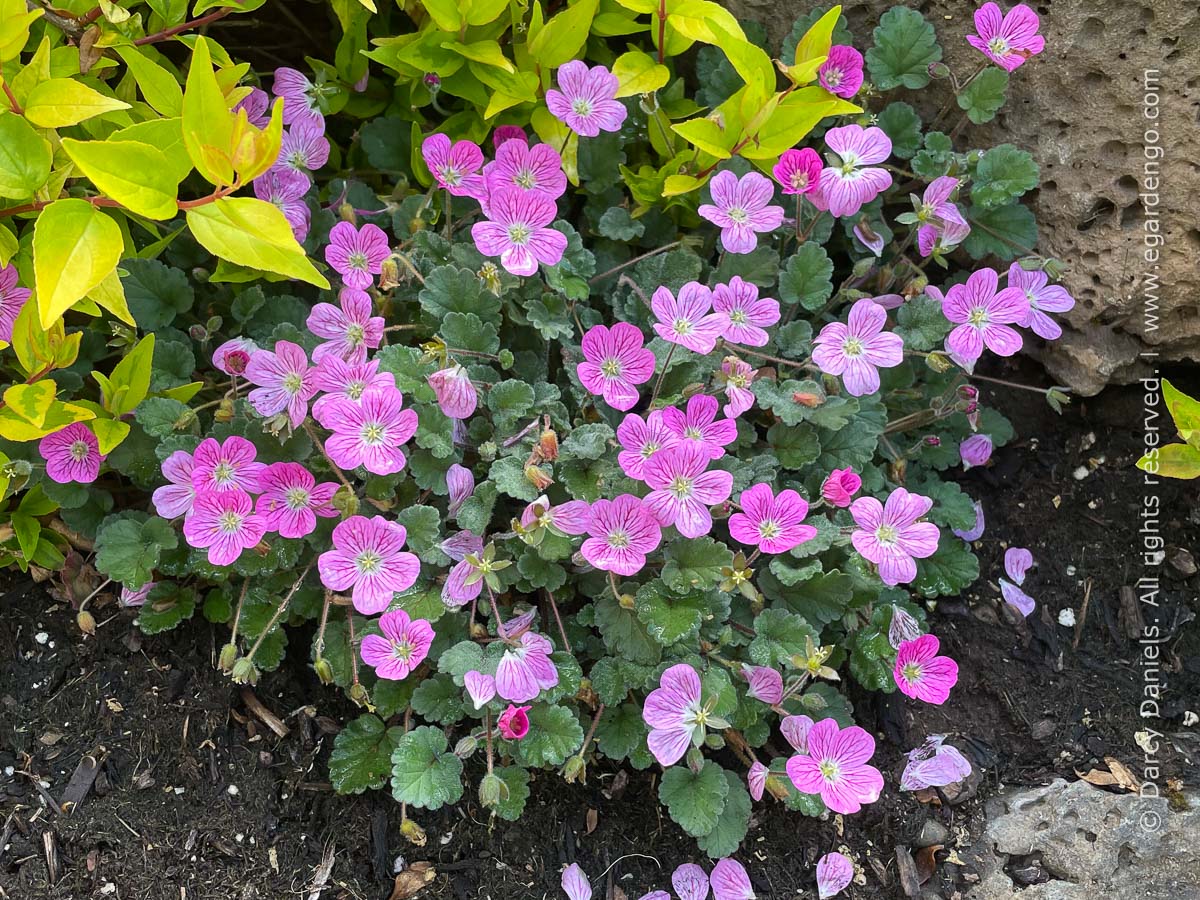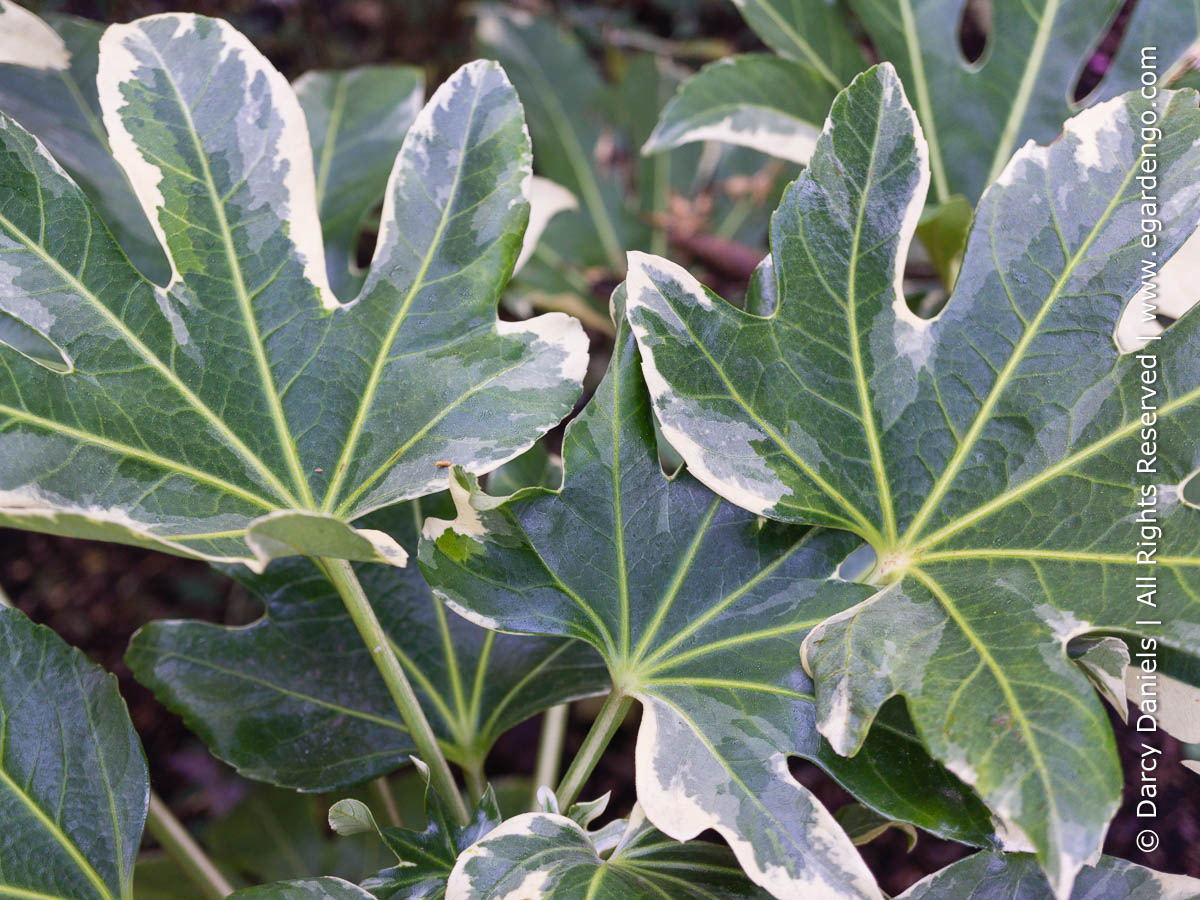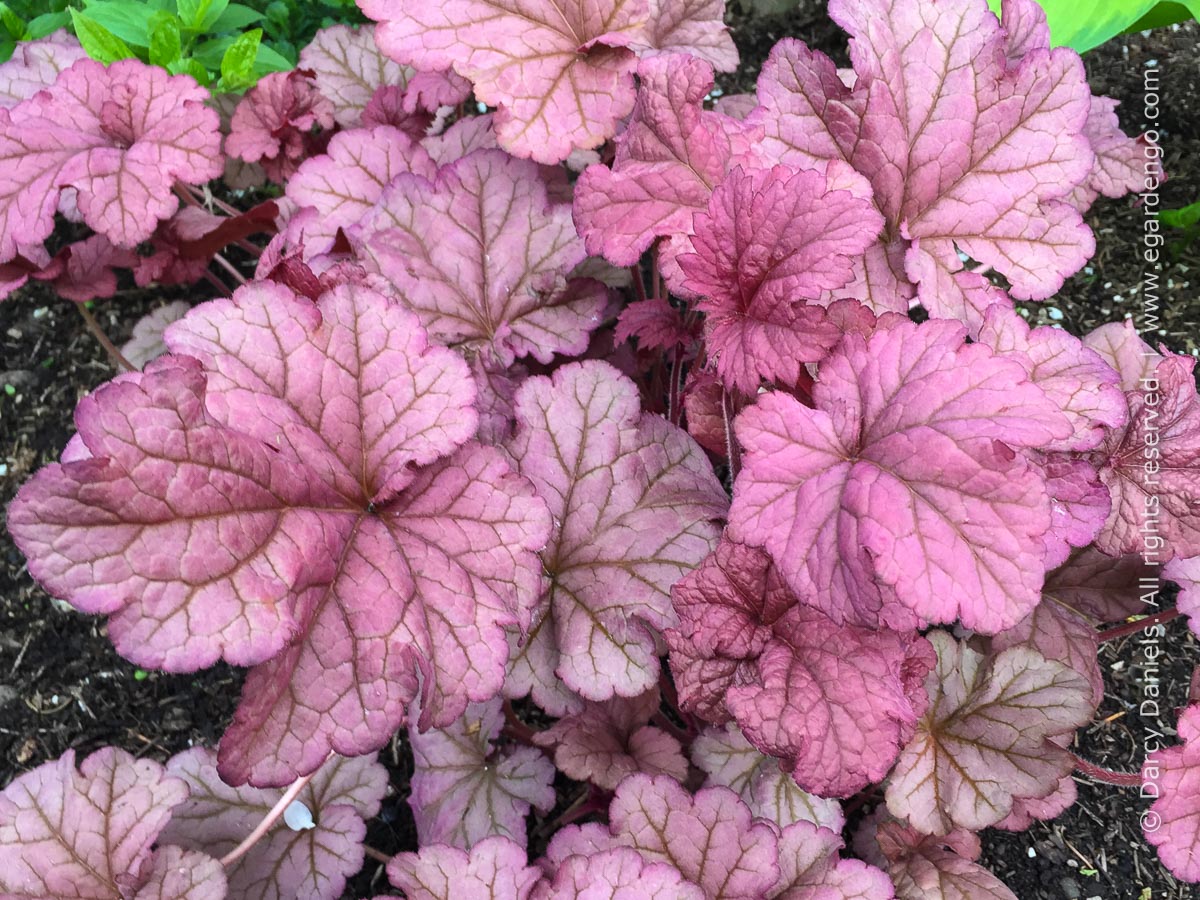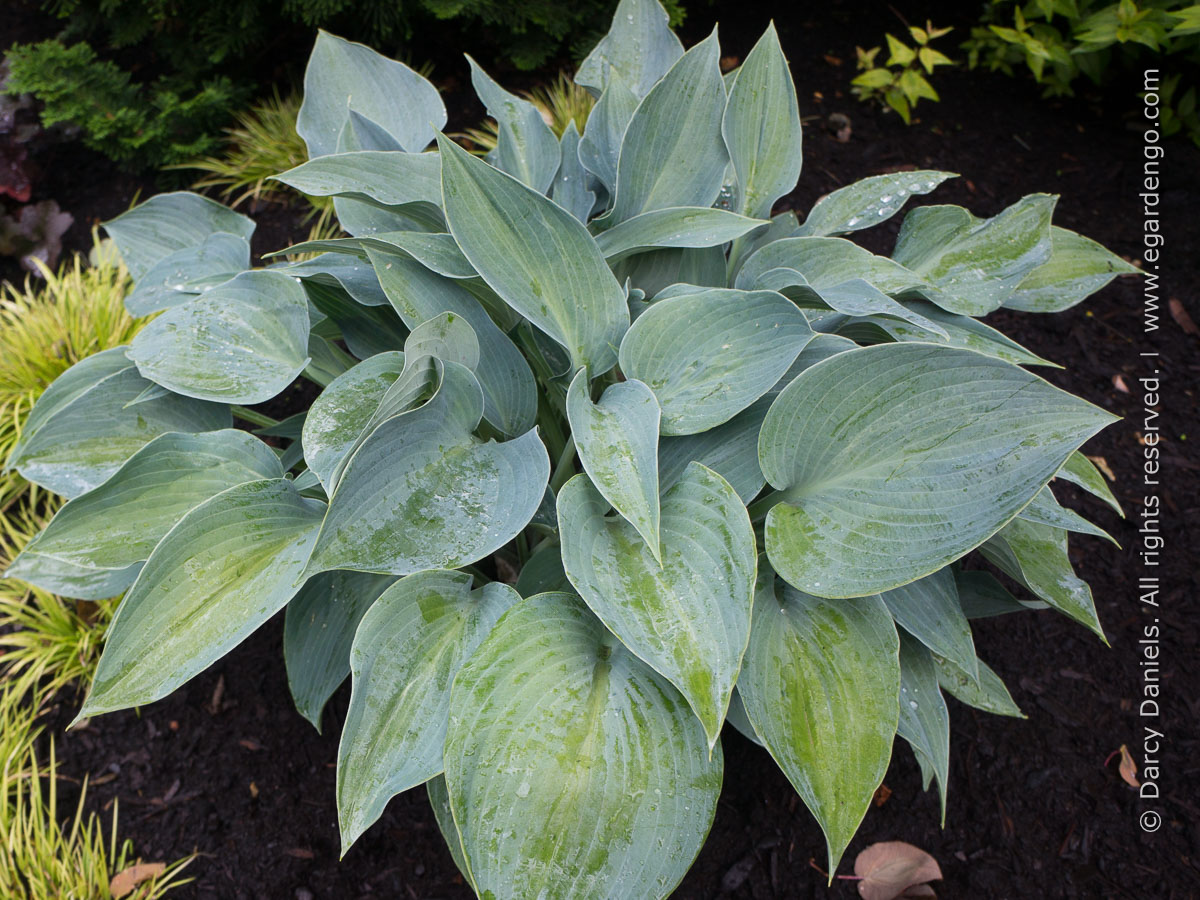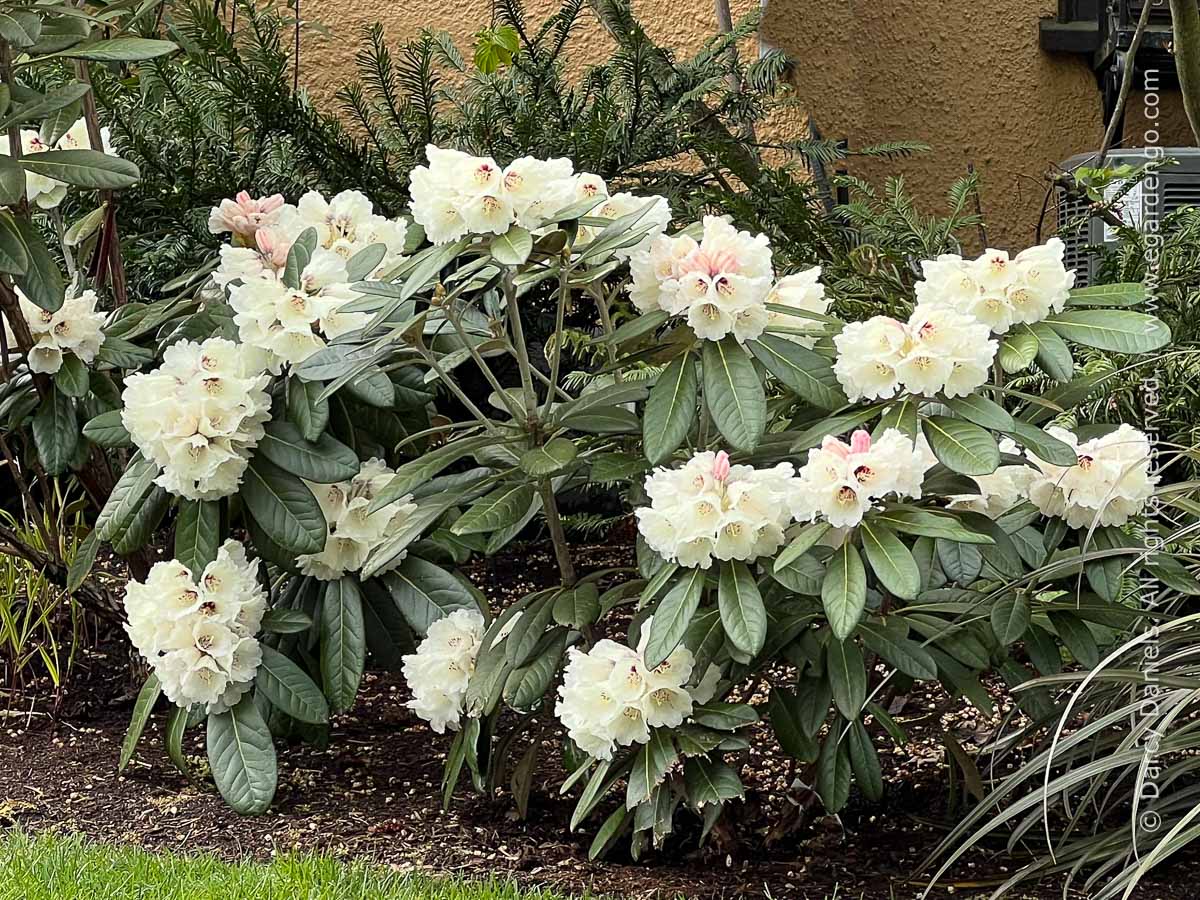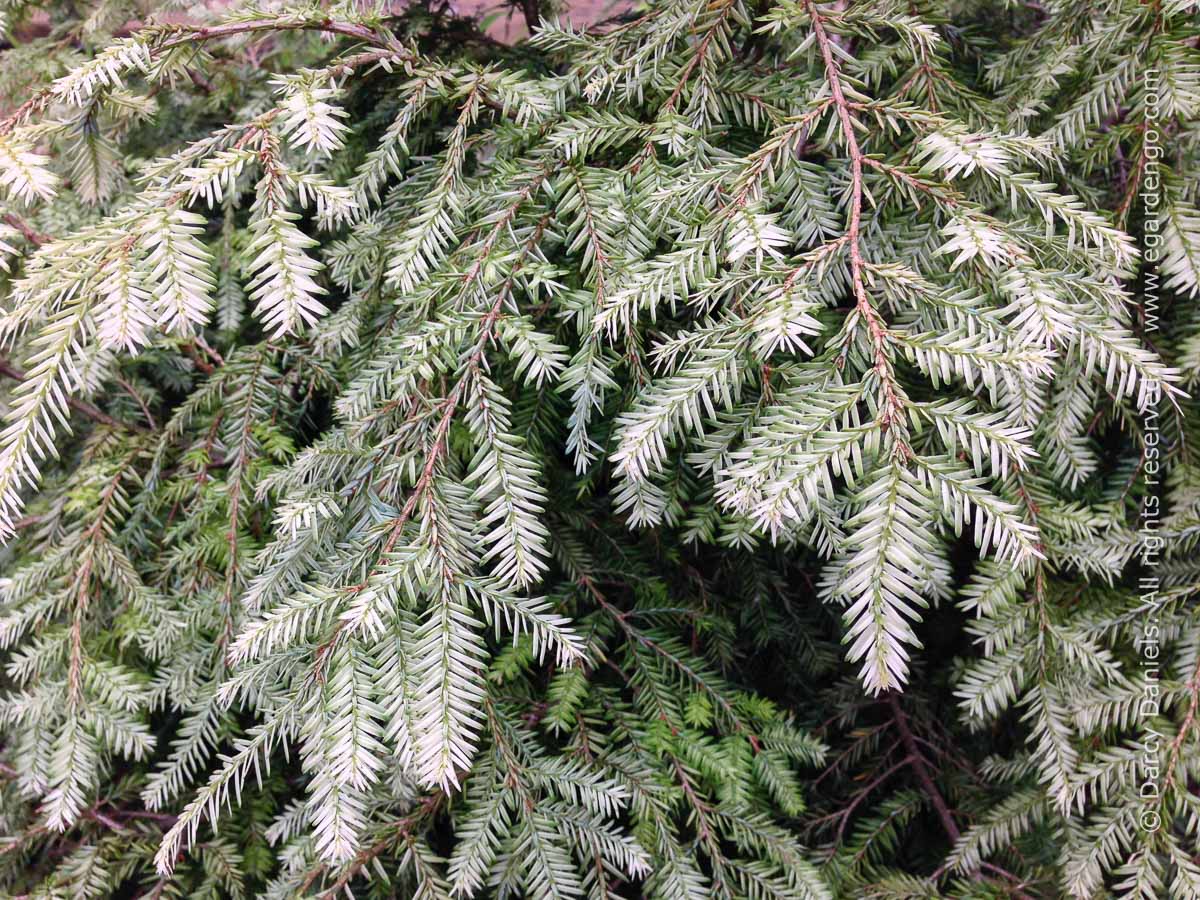Combination for Part Shade Using Plants for Pacific Northwest
Growing Conditions
Zone:
7,
8
Exposure:
Part Sun,
Part Shade,
Filtered Sun,
Morning Sun,
Open Shade
Water Needs:
Regular / Even
Design Considerations
Style:
Naturalistic,
Northwest Eclectic,
Woodland
Features:
Fabulous Foliage,
Four Season Appeal,
Low Maintenance,
Romantic Cool Colors,
Varied Foliage, Texture, and Form,
Winter Interest
Focus:
Curb Appeal,
Efficient Use of Space,
Mixed Border,
Privacy and Screening,
Year-round Interest
Seasons of Interest:
Winter,
Spring,
Summer,
Fall,
Year-round Interest,
Pleasing Seasonal Changes,
Three Seasons of Interest
Care and Maintenance
Maintenance Level:
low
Maintenance Tasks:
Deadheading
Plants In this Combo
-
Astelia 'Red Devil'
Red Mountain Astelia
Type: Perennial, Shrub
view plant
Exposure: Part Sun, Part Shade, Filtered Sun, Morning Sun, Open Shade
Zone: 7, 8, 9, 10 -
Blechnum penna-marina
Alpine Water Fern
Type: Fern, Groundcover, Perennial
view plant
Exposure: Full Shade, Part Shade, Filtered Sun, Morning Sun, Open Shade
Zone: 7, 8, 9, 10 -
Brunnera macrophylla 'Looking Glass'
Looking Glass Silver Siberian Bugloss
Type: Perennial
view plant
Exposure: Full Shade, Part Shade, Filtered Sun, Morning Sun, Open Shade
Zone: 4, 5, 6, 7, 8, 9 -
Camellia sasanqua 'Apple Blossom'
Autumn Camellia
Type: Shrub
view plant
Exposure: Full Sun, Part Sun, Part Shade, Filtered Sun, Morning Sun
Zone: 7, 8, 9, 10 -
Chamaecyparis nootkatensis 'Green Arrow'
Weeping Alaskan Yellow Cedar
Type: Conifer, Tree
view plant
Exposure: Full Sun, Part Sun, Part Shade, Filtered Sun, Open Shade
Zone: 4, 5, 6, 7, 8 -
Cryptomeria japonica 'Little Diamond'
Little Diamond Dwarf Japanese Cedar
Type: Conifer, Shrub
view plant
Exposure: Full Sun, Part Sun, Part Shade, Filtered Sun, Morning Sun, Open Shade
Zone: 5, 6, 7, 8, 9 -
Erodium reichardii 'Bishop's Form'
storksbill
Type: Groundcover
view plant
Exposure: Full Sun, Part Sun, Filtered Sun
Zone: 6, 7, 8 -
Fatsia japonica 'Variegata'
Variegated Japanese Aralia
Type: Shrub
view plant
Exposure: Full Shade, Part Shade, Filtered Sun, Open Shade
Zone: 7, 8, 9 -
Heuchera 'Berry Smoothie'
Berry Smoothie coral bells
Type: Perennial
view plant
Exposure: Full Shade, Part Shade, Filtered Sun, Morning Sun, Open Shade
Zone: 4, 5, 6, 7, 8, 9 -
Hosta 'Halcyon'
Halcyon Hosta
Type: Perennial
view plant
Exposure: Full Sun, Part Sun, Full Shade, Part Shade, Filtered Sun, Morning Sun, Open Shade
Zone: 3, 4, 5, 6, 7, 8, 9 -
Rhododendron 'Laramie'
Yak Van Zile Rhododendron
Type: Shrub
view plant
Exposure: Part Shade, Filtered Sun, Morning Sun, Open Shade
Zone: 7, 8 -
Tsuga canadensis 'Moon Frost'
Moon Frost Canadian Hemlock
Type: Conifer, Shrub
view plant
Exposure: Part Sun, Filtered Sun, Morning Sun, Open Shade
Zone: 4, 5, 6, 7, 8

